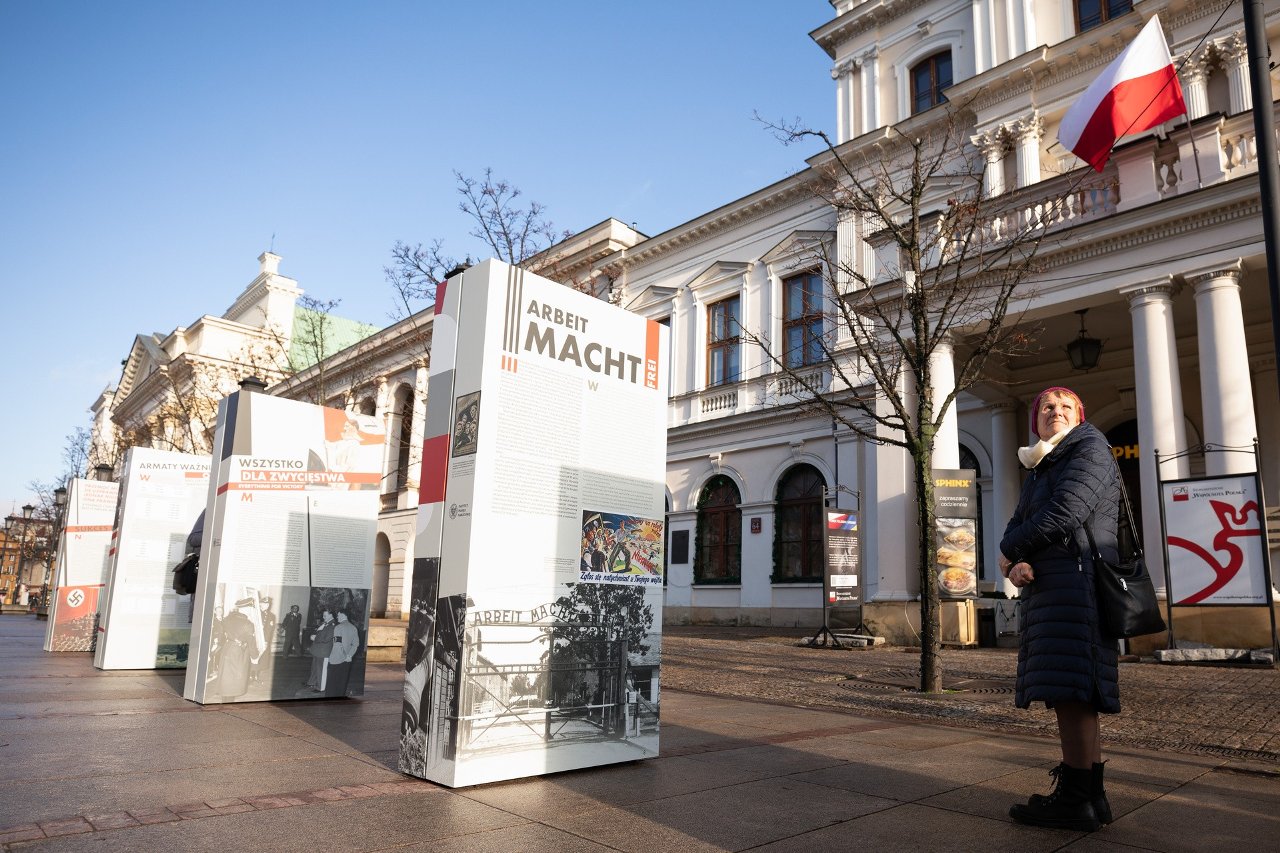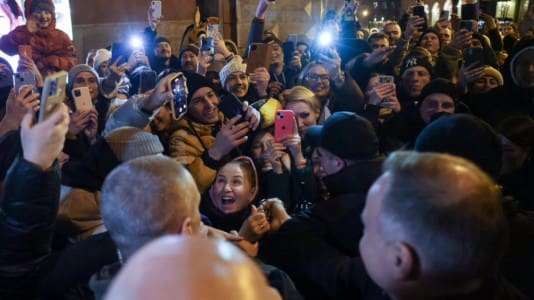The Poland Institute of National Remembrance (IPN) has opened an exhibition titled “Economy of the Third Reich,” explaining the nature of the so-called German economic miracle that followed World War II
The open-air exhibition, being shown on one of the most prestigious streets of Warsaw, Krakowskie Przedmieście, explains how the sources of Germany’s current economic strength rest on infrastructure and technology developed during World War II. The exhibition argues that this miracle was based on the exploitation of conquered territories and their peoples.
IPN’s exhibition demonstrates how Nazi Germany formed concentration camps in which it used slave labor for its industry. It also describes how well-known German companies benefited from forced labor in the concentration camps during World War II.
The exhibit details how German laws were particularly discriminatory with regard to Poles and citizens of the USSR during the war, and their labor standards were relatively weaker than those of other countries. Poles and Soviets worked under a system of rules by decree and fell prey to the whims of the Gestapo and other police forces.
Poles and other peoples from Central and Eastern Europe were never covered by any labor contracts or labor legislation. A Pole had no right to change jobs, and working hours were set by employers without any limits. Most Poles were forced into hard labor for 70 hours per week, with many dying from overwork.
The chief of IPN, Karol Nawrocki, in opening the exhibition, said that the “world should not remain indifferent to what happened back then.”
Nawrocki noted that Deutsche Bank invested in the development of Auschwitz and that many firms benefited from the suffering and deaths of Poles and nationals of other countries. He asked whether it was possible to build a just international community without compensation for these crimes and said he hoped that Germany would understand the need to address these wrongs.
IPN’s exhibition shows a list of key German companies that benefitted from forced labor. Among them are BMW, Mercedes-Benz, Volkswagen, Siemens, Bayer, Agfa, Dr. Oetker, Hugo Boss, Allianz, and Lufthansa.
German historian Gotz Aly estimated that the artistic heritage and items Germany stole during the war would today be worth €2 billion. Most of these objects remain in German hands.





